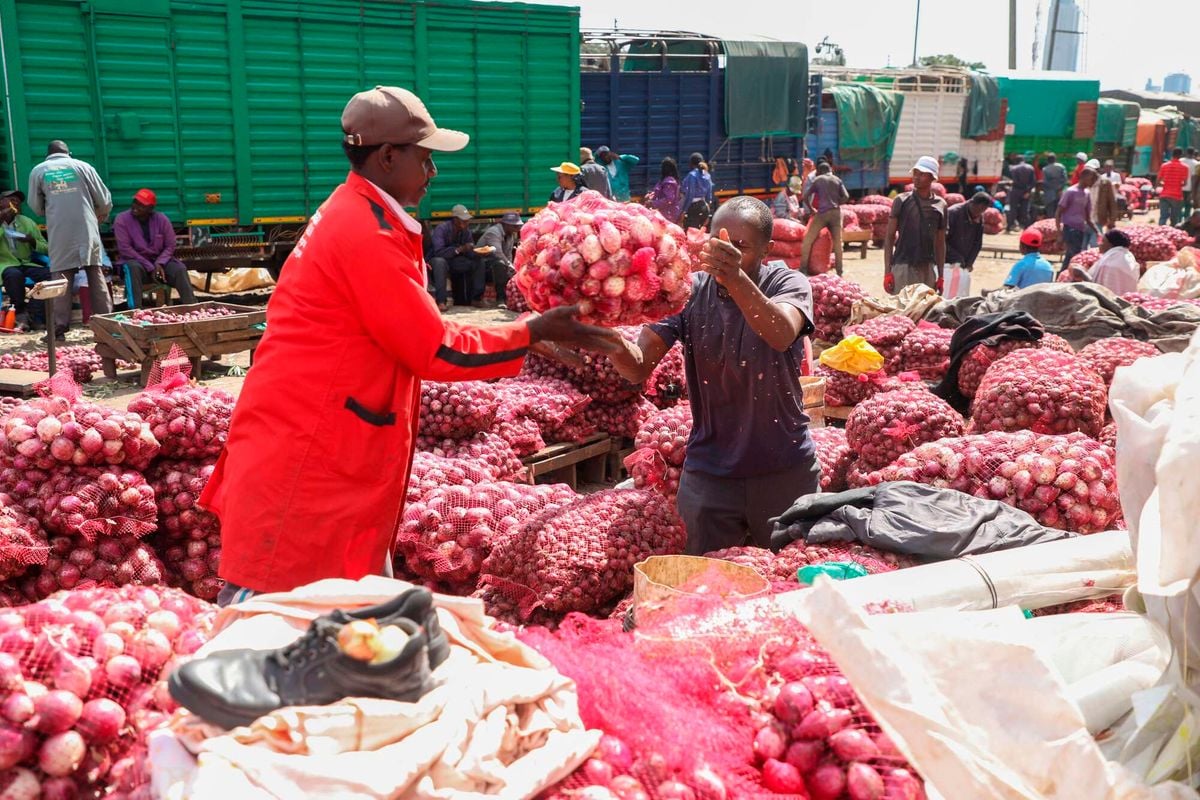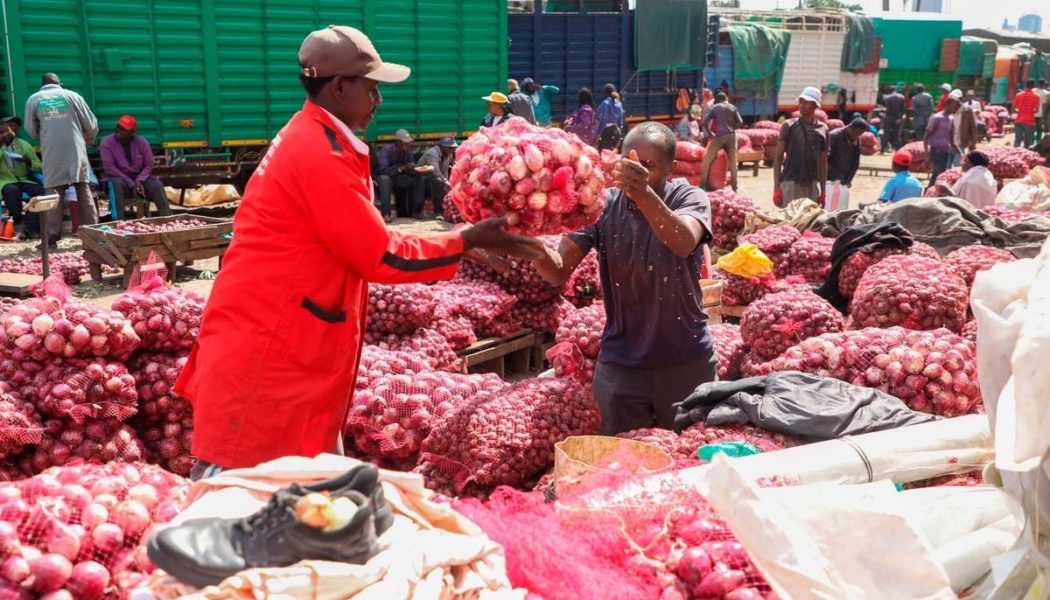
The cost of living rose slightly in May as the inflation rate edged higher to 5.1 percent from five percent in April on costlier food and electricity.
The food and non-alcoholic beverages index which constitutes food prices rose by 6.2 percent on a year-over-year basis from May last year and by two percent from April.
The prices of tomatoes, kale (sukumawiki) and spinach rose by 14 percent, 15 percent and 18.2 percent, respectively, from April offsetting falling prices for sifted maize flour, wheat flour and sugar.
Other food items that saw a jump in prices during the month included beef, rice, oranges, beans, onions and potatoes.
The cost of a kilogramme of onions, for instance, hit Sh182.11 in May from Sh177.02 in April, while a kilo of spinach fetched an average Sh88.37 down from Sh74.78 in the previous month.
“The food and non-alcoholic beverages index increased by two percent between April 2024 and May 2024. The prices of spinach, kale, tomatoes and Irish potatoes increased by 18.2, 15, 14 and 6.2 percent, respectively,” the Kenya National Bureau of Statistics (KNBS) said on Friday.
At the same time, electricity prices edged higher with the cost of 50 units or 50 kilowatt hours (kWh) of consumption rising to Sh1,400 from Sh1,326.54 in April, representing a 5.5 percent jump.
The cost of 200 kWh rose by 6.9 percent to Sh6,730.20 from Sh6,297.78 in April.
The rise in inflation through May is the first since January, which ends a three-month run of disinflation- a falling rate of inflation.
Despite the uptick, the rate of inflation remains only slightly above the government’s mid-point target of five percent.
Improved rainfall over the past six months has helped lower food prices while the Central Bank of Kenya (CBK) has raised interest rates to curb second-round inflationary effects while stabilising the foreign exchange rate to put checks on imported inflation from a weaker Kenyan shilling.
Recent floods have, however, threatened to crawl back some of the gains made especially on food inflation after the destruction of crops.
The government’s inflation sweet spot is set at between 2.5 percent and 7.5 percent with five percent being the midpoint.









